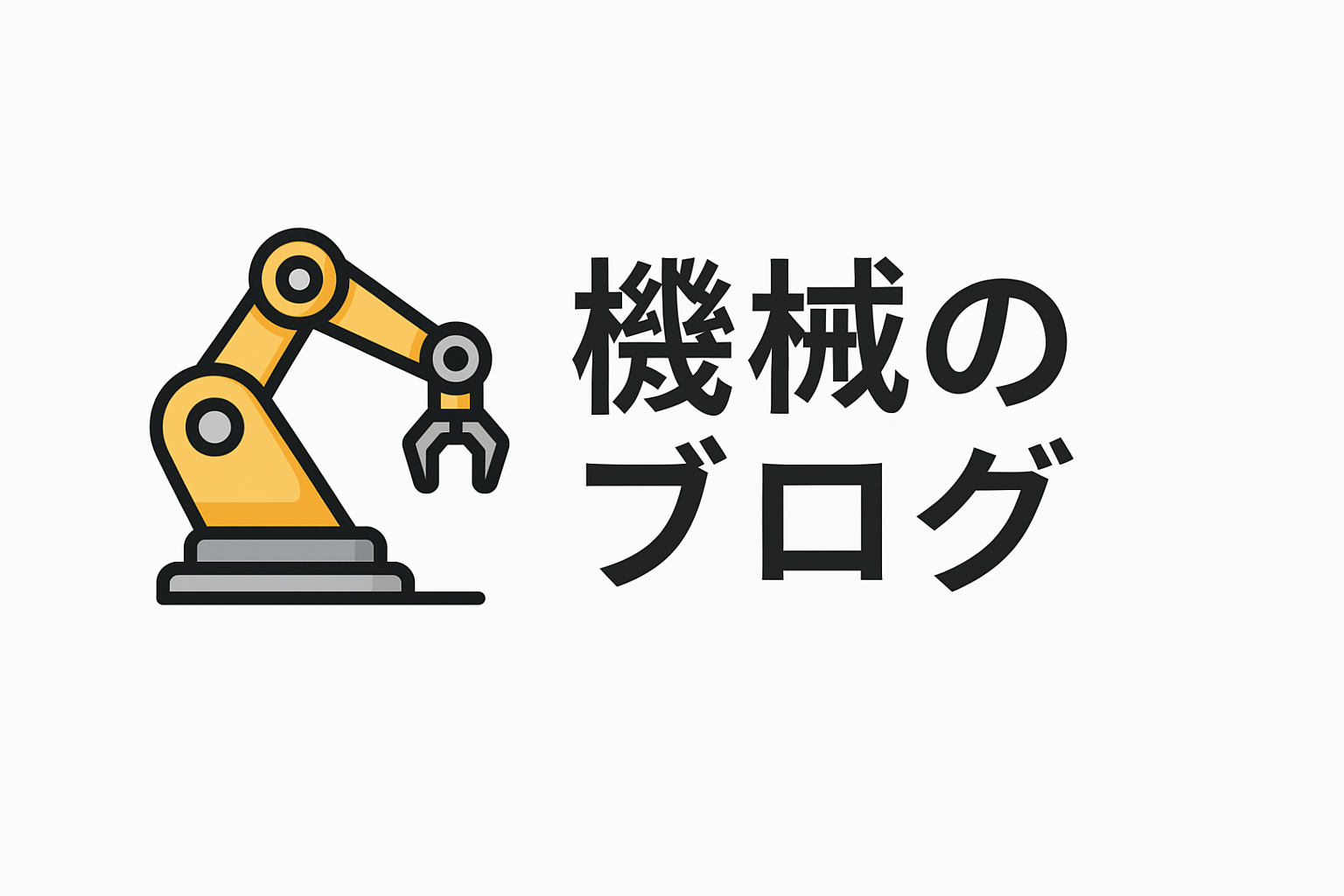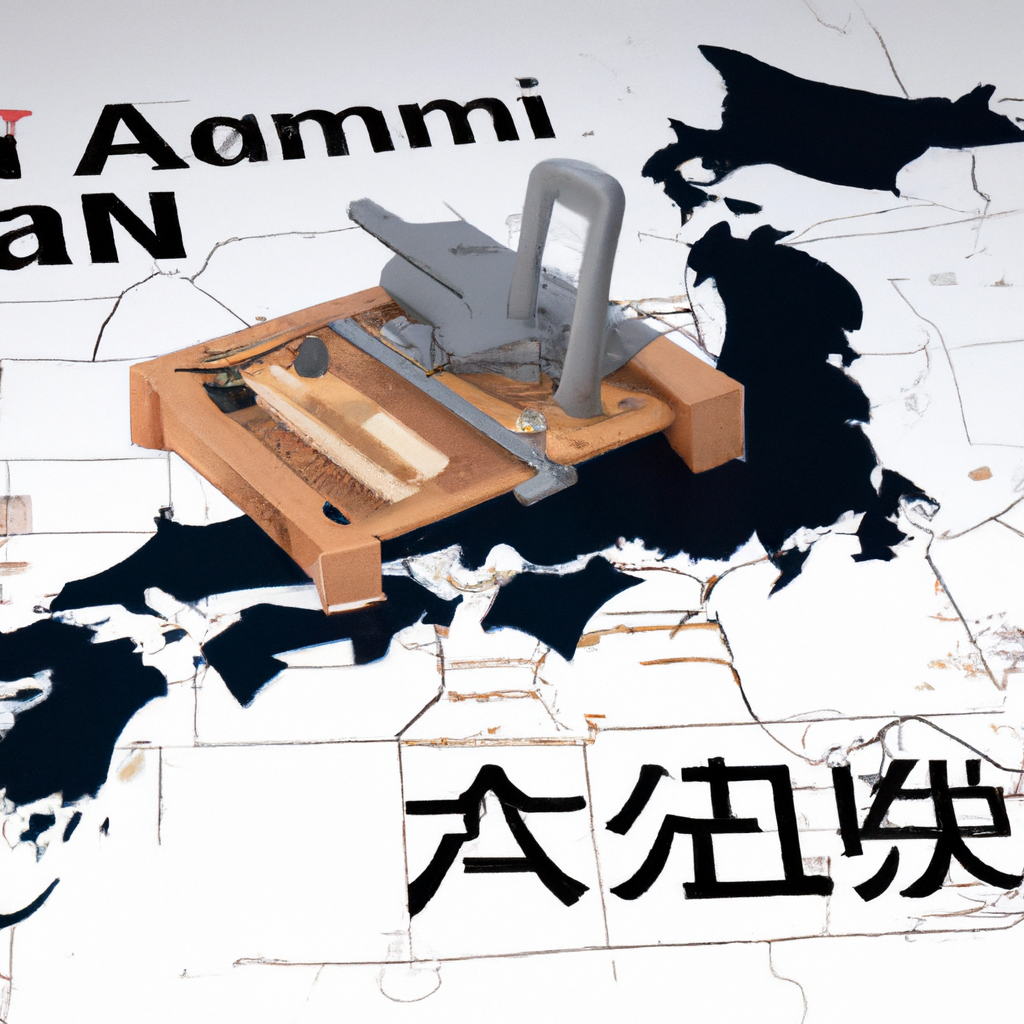Future of AI-Driven CNC Innovation
In the rapidly evolving landscape of manufacturing, the integration of artificial intelligence (AI) with computer numerical control (CNC) machinery stands as a transformative trend. AI-driven CNC innovation is not just a glimpse of the future but a present reality, redefining efficiency, precision, and productivity in the manufacturing sector. This article delves into the potential and implications of AI-driven CNC systems, offering insights into how they are set to revolutionize modern manufacturing.
1. The Evolution of CNC Technology
CNC technology has been a cornerstone of modern manufacturing for decades, transforming how parts are produced with unparalleled precision and repeatability. Initially, CNC systems relied heavily on human input and programming. However, with advancements in technology, these systems have evolved to incorporate automation, reducing the need for manual intervention. The introduction of AI into CNC technology marks a new chapter, enabling machines to learn, adapt, and optimize processes autonomously.
The transition from traditional CNC systems to AI-enhanced versions is akin to moving from a basic calculator to a complex computer. AI algorithms can process vast amounts of data, identify patterns, and make decisions in real-time, which significantly enhances the capabilities of CNC machines.
2. Enhanced Precision and Efficiency
One of the most significant benefits of integrating AI with CNC systems is the enhancement of precision and efficiency in manufacturing processes. AI algorithms can predict and correct errors in real-time, ensuring that components are produced to exact specifications. This capability reduces waste and rework, saving both time and resources.
Furthermore, AI-driven CNC machines can optimize tool paths and machining strategies based on real-time analysis of cutting conditions and tool wear. This not only extends the life of tools but also improves the overall efficiency of the machining process. By continuously learning from operational data, AI systems can suggest improvements and adjustments that enhance machine performance and productivity.
3. Predictive Maintenance and Reduced Downtime
AI-driven CNC systems are instrumental in predictive maintenance, a proactive approach that anticipates equipment failures before they occur. By analyzing data from sensors and machine logs, AI algorithms can predict when a component is likely to fail, allowing for timely maintenance interventions. This predictive capability significantly reduces unexpected downtime, which is a major cost factor in manufacturing operations.
Predictive maintenance not only extends the lifespan of CNC equipment but also optimizes maintenance schedules, ensuring that machines are serviced only when necessary. This results in better resource allocation and reduced operational costs, providing a competitive edge to manufacturers.
4. Customization and Flexibility
The demand for customized products is on the rise, and AI-driven CNC systems are well-equipped to meet this challenge. These advanced machines can easily switch between different production runs with minimal downtime, thanks to their ability to quickly adapt to new programming and specifications.
AI enables CNC systems to handle small batch sizes and complex geometries efficiently, making them ideal for industries that require high levels of customization, such as aerospace, automotive, and healthcare. With AI, manufacturers can offer a greater variety of products without compromising on quality or performance.
5. Integration with IoT and Industry 4.0
AI-driven CNC machines are a key component of the Industry 4.0 revolution, characterized by the integration of Internet of Things (IoT) technology into manufacturing processes. IoT devices collect vast amounts of data from CNC machines, which AI algorithms then analyze to provide actionable insights.
This seamless integration enables real-time monitoring and control of manufacturing operations, facilitating informed decision-making and strategic planning. The connectivity between machines, systems, and processes enhances transparency and enables manufacturers to respond swiftly to changing market demands and operational challenges.
Moreover, the convergence of AI, IoT, and CNC technology paves the way for smart factories, where automated systems communicate and collaborate to optimize production processes. This synergy not only improves efficiency but also supports sustainable manufacturing practices by minimizing waste and energy consumption.
Conclusion
The future of manufacturing is inextricably linked to the continued development and adoption of AI-driven CNC innovation. As these technologies advance, they promise to further enhance productivity, precision, and flexibility in manufacturing operations. By embracing AI, manufacturers can not only meet current challenges but also anticipate and prepare for future demands.
In conclusion, AI-driven CNC systems represent a paradigm shift in manufacturing, offering unprecedented opportunities for innovation and growth. As we move forward, the collaboration between human expertise and AI technology will be crucial in unlocking the full potential of CNC innovation, ensuring a prosperous and sustainable future for the manufacturing industry.

